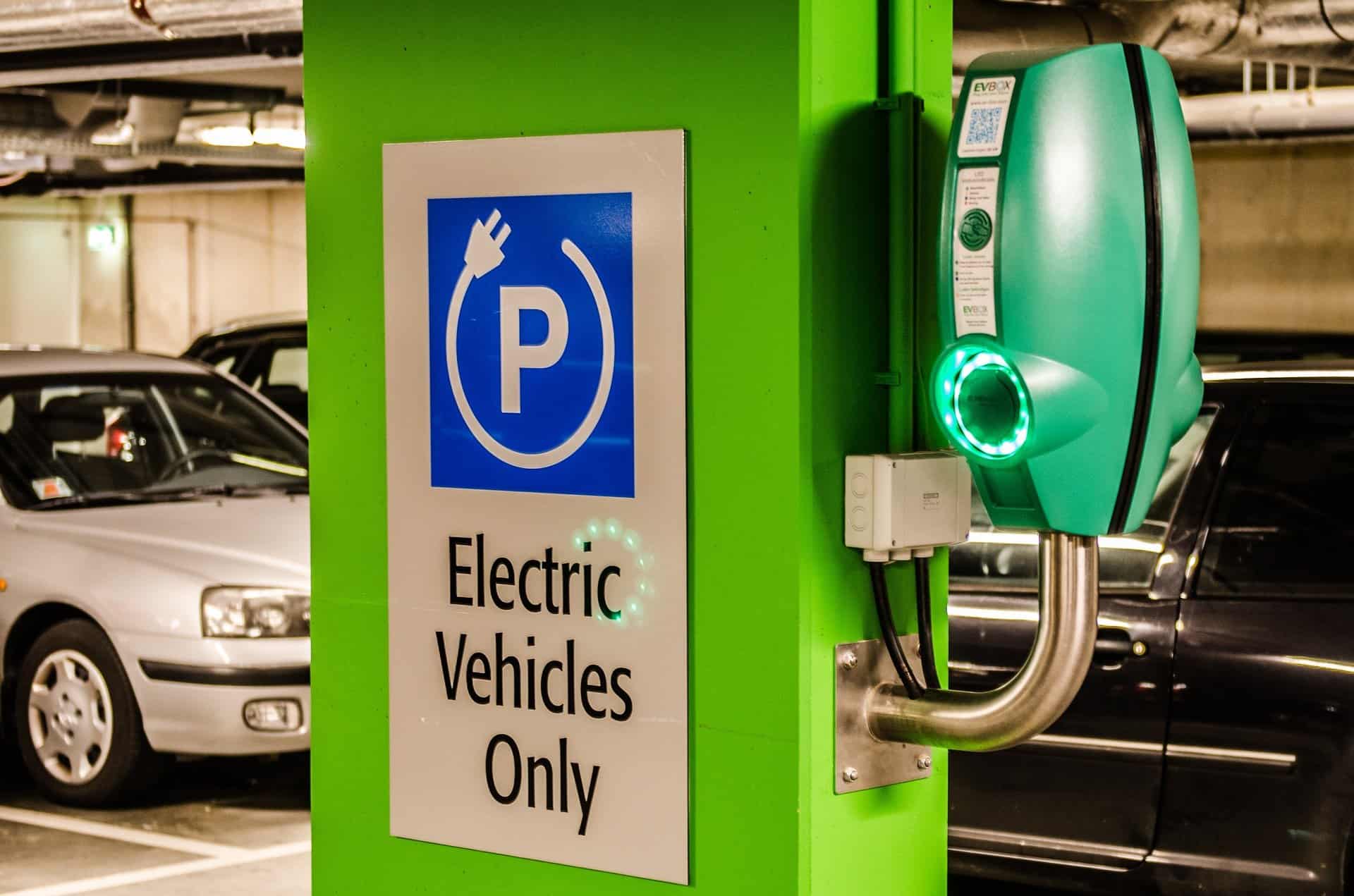The global Electric Vehicle (EV) movement could come to a screeching halt starting 2025, the International Energy Association has warned.
The countries in the Middle East and the North Africa (MENA) region have already got a taste of the bumpy road ahead: The global chip shortage has hobbled vehicle sales in the region.
And the fact that EVs use more than the 1,400-odd chips that normal cars use has not helped matters.
However, the International Energy Agency (IEA) has now warned that EVs “face an increasingly challenging supply chain environment.”
Now, no country in the MENA region is a member of the IEA, but each one could probably do well by heeding what the IEA has said.
The regional vision
Economies in the MENA region are at various stages of EV adoption. A closer look would correlate that to their degree of adoption of energy transition.
While that may require a much deeper look into the situation, a cursory glance shows that the UAE is already entrenched in its adoption of EVs and their related technology.
The Dubai Roads and Transport Authority was on brand with this when it said last year that all of its cabs would be either fully electric or hybrid by 2027.
Meanwhile, the Dubai Electricity and Water Authority (DEWA) is already helping EV owners manage their power consumption and vehicular efficiency.
Towards the other end of the spectrum is Egypt, which has promised that it will have EVs on the roads this year.
Global commitments
Obviously, this demand for EVs would have to be met by some company or the other.
While the name Tesla be the first to come to mind, other companies could be stealing a march.
For example, the noted MG Cars brand unveiled its first ever all-electric SUV in Qatar in August last year.
More recently, or as late as last month, the Nissan auto alliance — consisting of Nissan, Renault, and Mitsubishi Motors — said it would invest more than $25 billion in EVs over the next five years.
Challenges ahead
All these seem admirable goals, but they may face hurdles in the form of the concerns the IEA has flagged in a recent report.
The agency noted in the report that in 2021, the price of steel rose as much as 100 percent, aluminum around 70 percent, and copper more than 33 percent, and each price rise affected both conventional and electric cars.
It added: “For electric cars, additional challenges were posed by increased prices for materials needed to manufacture batteries: the price of lithium carbonate increased by 150 percent year on year, graphite by 15 percent, and nickel by 25 percent, to name just a few.”
All three materials are some of the commonest chemicals — in element or compound form — in car batteries.
Battery constraints
Batteries are as important to EVs as are charging stations: Some futurists posit that there will come a time when these batteries will be standard enough for all EVS — like USB Type-C ports for most devices are today — to let them be swapped in and out of cars or trucks irrespective of the make or model of the vehicle.
And the IEA has pointed to three things that have ensured battery prices have not fluctuated.
“Firstly, battery prices are on a long-term decline trajectory, and continued technological progress helped offset the higher raw material costs,” it said.
“Secondly, there is a time lag between material price spikes and battery price increases, as costs take time to work their way through the value chain,” it added.
“Thirdly, the use of lithium ferrophosphate (LFP) chemistries in batteries has increased, reducing the impact of some of the price rises,” it explained.
The IEA, however, also warned that battery prices would be affected if battery metal prices continued to rise.
Offsetting factors
While all the above-mentioned factors may sound ominous to the ears of the EV community as a whole, there are a lot of factors that are already offsetting — or are looking to offset — the concerns.
For example, the first lithium production facility in the Middle East is being established in the Khalifa Industrial Zone Abu Dhabi, a subsidiary of AD Ports Group’s Industrial Cities & Free Zone cluster.
The facility, being built by Australia’s Lepidico Ltd, could easily fulfill some of the impending lithium demand predicted by the IEA.
Then there’s the question of EV infrastructure: What’s the point in having an EV if you can’t have enough charge to drive to where you want?
One encouraging sign is the fact that DEWA has already installed green charging stations for EVs at various locations across pavilions in the ongoing Expo 2020 Dubai.
The IEA, meanwhile, has highlighted another aspect that could propel faster EV adoption.
“Policy action must adapt and provide the market with clear long-term signals to facilitate investments in further supply side expansions,” it said.
While this may not find explicit mention in MENA-region development stratagem, it is definitely implicitly present in efforts by economies like the UAE and Saudi Arabia to diversify their economy, especially away from oil and petroleum.

